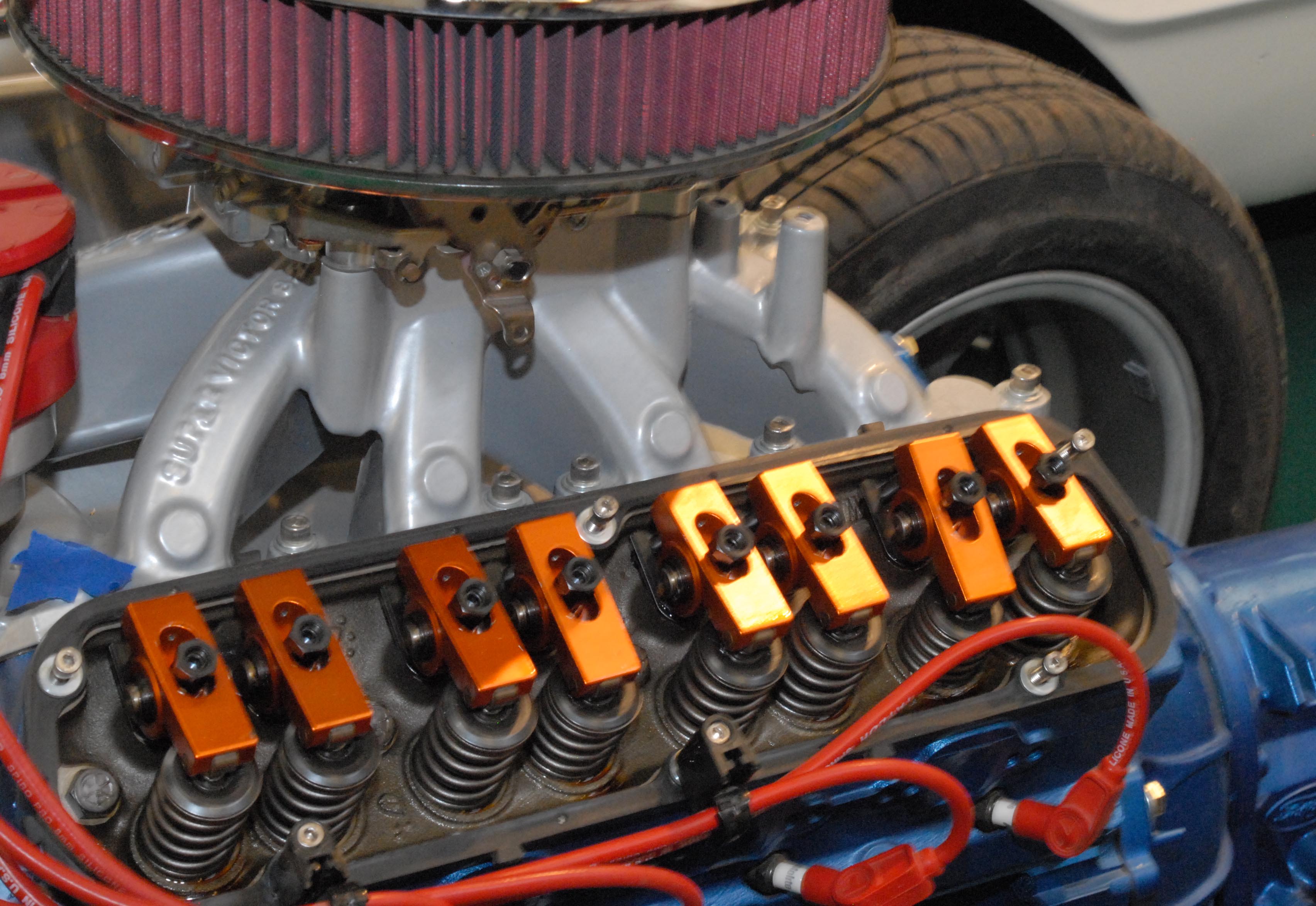Multi-profile camshafts
The most widely used term in the 21st century automotive world is surely the verb ‘to optimise’. Meaning “to make the best or most effective use of a situation or resource”, in the modern world and with so many variables, engine design must surely be a case in point. But in ensuring that each cylinder flows an equal amount of air, the cam is only part of the equation. These days, with the advent of computer design technology, designs are much more sophisticated, and the implication of using a certain component is fully understood well before the hardware is available; because of that, air distribution across cylinders is rarely an issue. But that wasn’t always the case.
Historically, engines have been designed using the technology available at the time, and where these days we prefer to use multi-point fuel injection, as recently as 30 years ago the preferred option would have been a single carburettor. So back then, when it came to ‘optimising’ engine performance across all the cylinders, the starting point was far from ideal.
But engine tuners have known this for a long time, and where the compromise of a single carburettor per engine has had to be retained, for example because of the rule book, racers have applied their ingenuity to ensure that the limitations placed on one component are to a certain extend offset by re-engineering another. In NASCAR for instance, where power increases of 20 bhp per year were regularly seen without changes to the rule book, the trick was to alter the cam lift and timing events on each individual cylinder to ensure that the airflow across cylinders was as near as possible the same. That of course could only be achieved in a narrow range of engine conditions, which is fine on the ovals but becomes harder where a wider range of engine conditions has to be endured. And applying this type of thinking to single-carburettor road vehicles was considered out of the question.
Taking their tips from the NASCAR teams, camshaft manufacturers these days are now beginning to offer a similar concept for those with classic street engines. These still retain the traditional four-barrel carburettor, but by doing nothing more than evening out the airflow between cylinders, increases of 5-20 hp are claimed.
Put simply, these manufacturers have essentially divided the traditional V8 into two separate engines. With a central carburettor, classified by intake runner length (see Fig. 1), the outer cylinders constitute one engine while the inner four cylinders form the other. Situated such that the inner cylinder intake runner lengths are roughly equal but different from the outboard cylinder runner lengths, it is inevitable that the airflow distribution between the two groups throughout the engine speed range will be different.
However, if the camshaft lobes on the inner cylinders were designed to be slightly different from those on the outer cylinders then the possibility exists to even out the airflow across the engine. The result of all this is that the inboard cylinders have the same cam profile grinds, whereas the outboard cylinders will have their intake closing event delayed by around 2º along with a slightly increased valve duration. With the exhaust cam profiles being not only different from their respective intake cam profiles but also different between inboard and outboard cylinders, balancing the airflow between the cylinders is the ultimate ambition.
Sometimes referred to as ‘four-pattern camshafts’, is this not yet another example of where racing improves on the street car world?
 Fig. 1 - One half of a single-carburettor V8 engine showing the differences between inner and outer intake runner lengths
Fig. 1 - One half of a single-carburettor V8 engine showing the differences between inner and outer intake runner lengths
Written by John Coxon